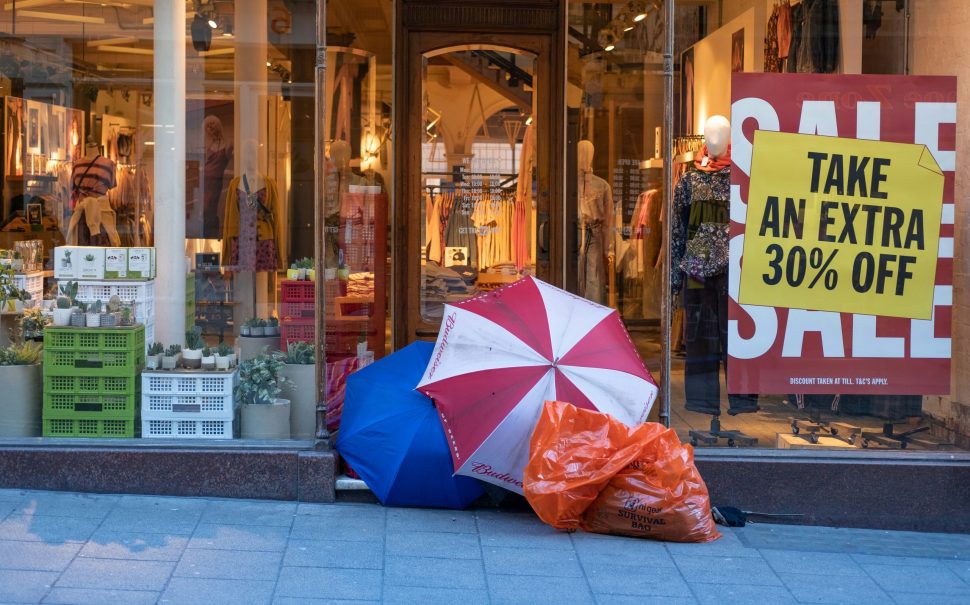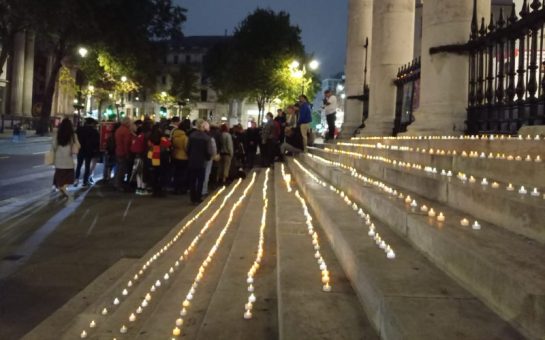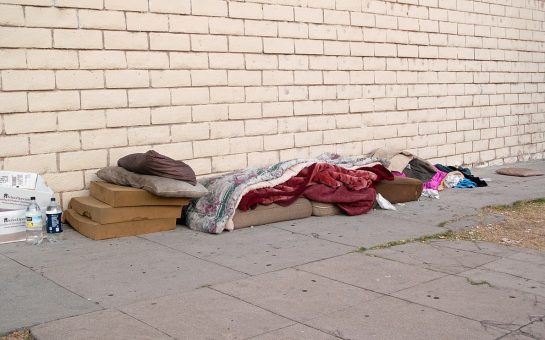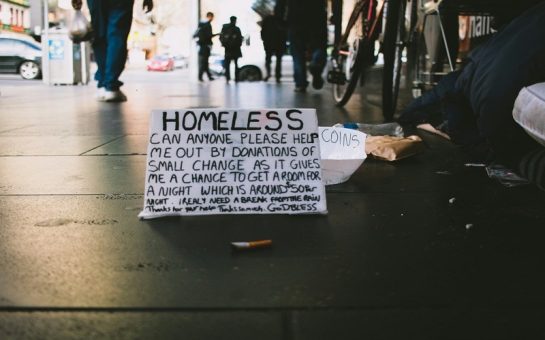The number of people sleeping rough in the capital climbed to record numbers between April 2024 and March 2025, according to new data commissioned and funded by the Greater London Authority.
According to data released at the end of June by the multi-agency database Combined Homelessness and Information Network (CHAIN), which is managed by Homeless Link, over 13,000 people were seen rough sleeping by outreach workers in London during 2024/25.
This equates to a 20% increase from last year, and a 63% increase from ten years ago.
Homelessness charity St Mungo’s chief executive Emma Haddad said: “This is not a one-off, this is the latest in a persistent and worrying trend.
“These figures should not belong in 21st Century Britain.
“Rough sleeping is devastating thousands of lives.”
London Mayor Sadiq Khan committed to end rough sleeping by 2030, and the budget for the upcoming year for his Life Off the Streets programme is more than quadruple what it was when he took office.
While Haddad welcomed this commitment alongside a commitment for funding, she added more needs to be done.
She said: “A whole system change is needed if we are to address the root causes driving these ever-rising numbers of people finding themselves at crisis point.
“We need a clear and coherent strategy to bring real focus to preventing homelessness, and urge the Government to publish its homelessness strategy as soon as possible.”
Over 8,000 people were seen rough sleeping for the first time this year, which is a 5% increase compared to last year.
Half of the people seen rough sleeping had a support need relating to mental health, and many others had needs relating to drugs and/or alcohol.
Geographically, nine boroughs recorded more than 500 rough sleepers, with the greatest number being in Westminster, which made up 20% of the London total.
Regarding nationalities, the proportion of people seen rough sleeping who were UK nationals saw an increase, as did those from the rest of the world, which includes Africa, Asia, the Americas and Australasia.
European nationals saw a decrease, which continues an ongoing trend from the last few years.
Despite a slight decline in numbers, Romanians continued to represent the single biggest non-UK nationality, with those from Eritrea, Poland, Sudan and India completing the top five nationalities.
Feature Image: Dan Burton via Unsplash





